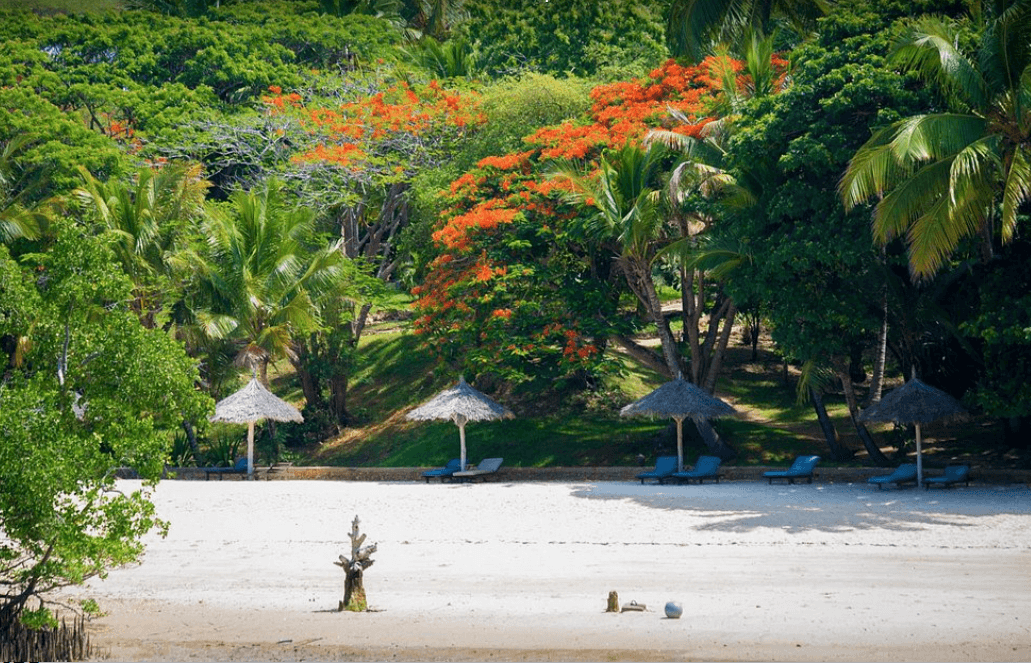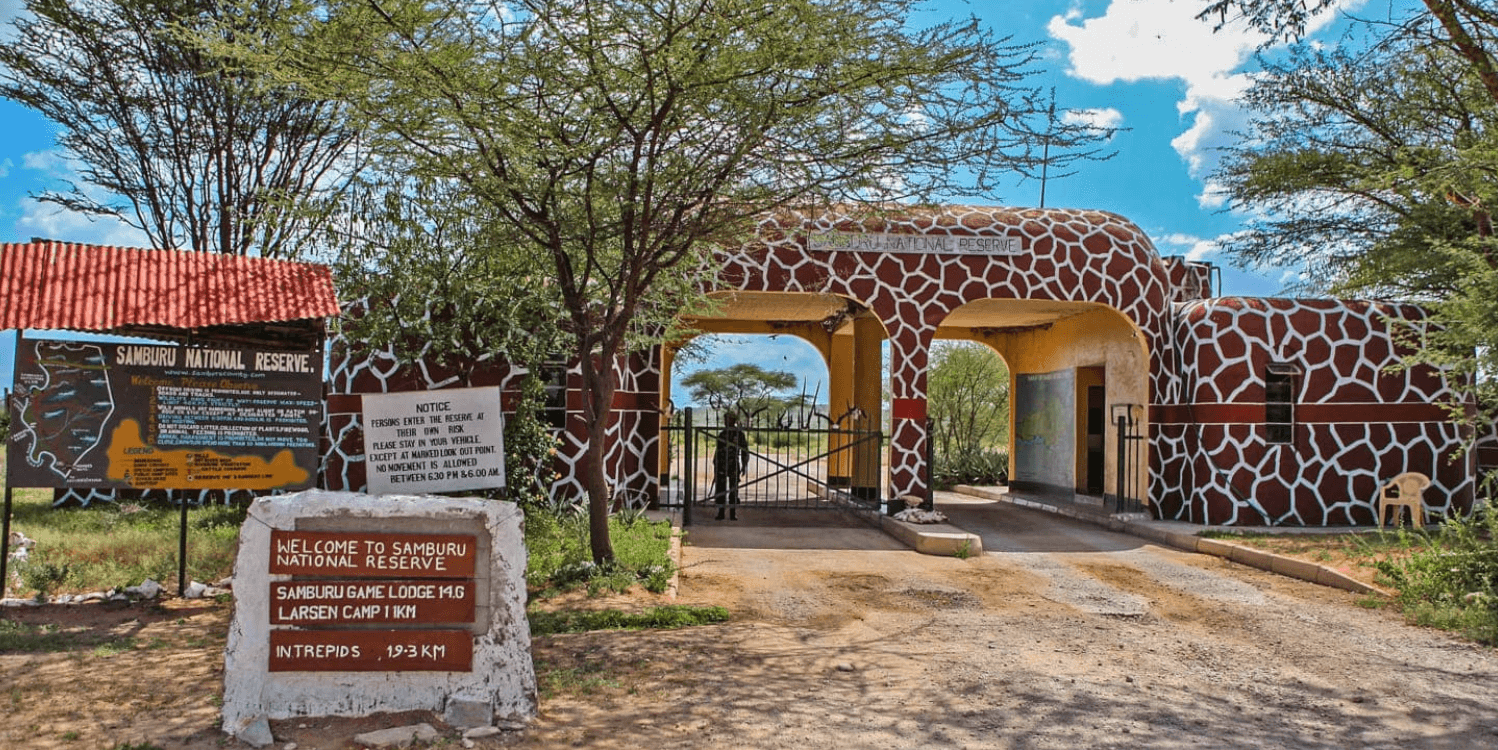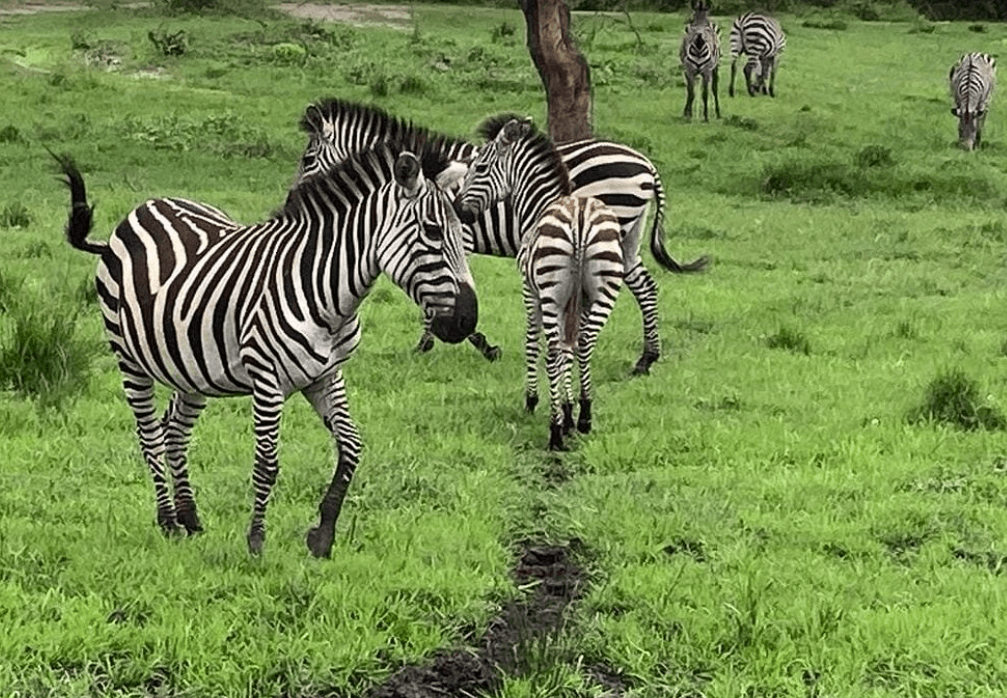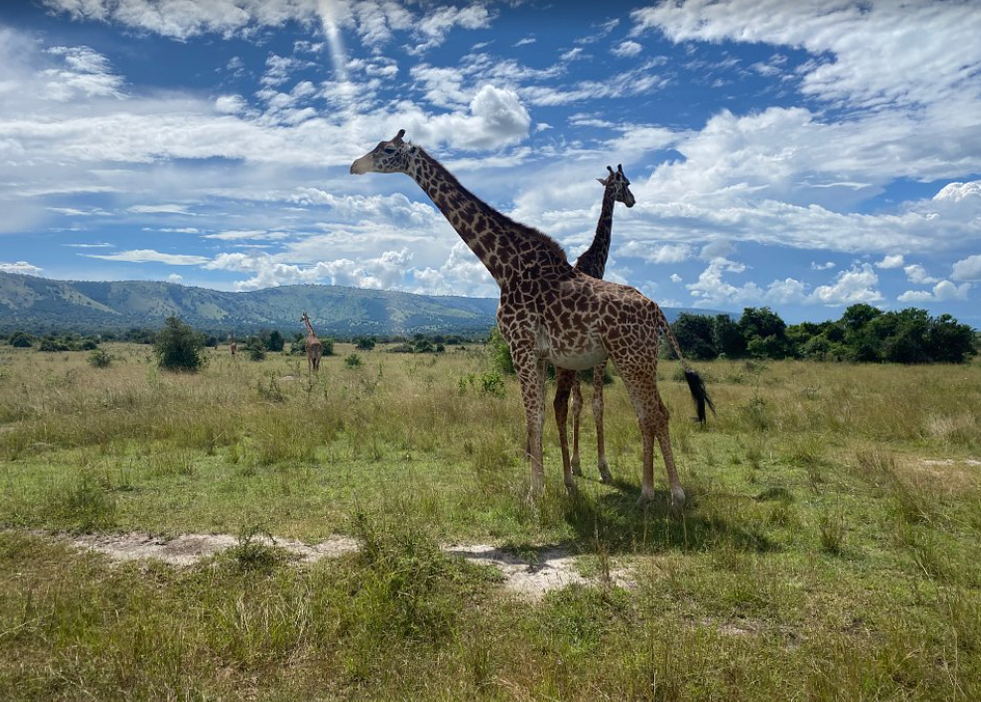Mount Kenya: Complete Guide to Climbing, Routes, and Attractions
Mount Kenya National Park is Africa’s second-highest peak, a UNESCO World Heritage Site, and an iconic destination for adventurers, climbers, and nature lovers. Rising 5,199 meters (17,057 feet), Mount Kenya boasts stunning landscapes, from lush forests and alpine meadows to dramatic glaciers and rugged peaks. Located in central Kenya, this mountain offers more than just its summit; it’s a biodiversity hotspot and home to unique flora and fauna found nowhere else on Earth.
Overview and Background of Mount Kenya National Park
Mount Kenya is a massive extinct volcano that last erupted approximately 3 million years ago. Over time, erosion has shaped its craggy peaks and deep valleys, creating a landscape that draws visitors worldwide. The mountain has three main peaks: Batian (5,199 meters), Nelion (5,188 meters), and Point Lenana (4,985 meters). While Batian and Nelion require technical climbing skills, Point Lenana is accessible to trekkers, making it a popular destination for hikers.
The mountain holds cultural and spiritual significance for the local Kikuyu people, who view it as the home of their god, Ngai. Additionally, Mount Kenya National Park, established in 1949, protects the mountain’s unique ecosystems, including dense forests, bamboo zones, and moorlands, which support a rich array of wildlife, from elephants to rare species like the Mount Kenya mole-rat.
How to Get to Mount Kenya
Mount Kenya is easily accessible from Nairobi, Kenya’s capital, which is approximately 150 kilometers away.
By Road
The drive from Nairobi to Mount Kenya takes around 3 hours by car. Most visitors use private vehicles or join guided tours, as public transport is less direct. The main entry points are Naro Moru Gate, Sirimon Gate, and Chogoria Gate, each offering access to different routes up the mountain.
By Air
For a quicker journey, travelers can fly from Wilson Airport in Nairobi to Nanyuki Airstrip. From there, it’s a 30-45 minute drive to the mountain’s main entry gates. Several domestic airlines operate flights to Nanyuki, making it a convenient option for those on a tight schedule.
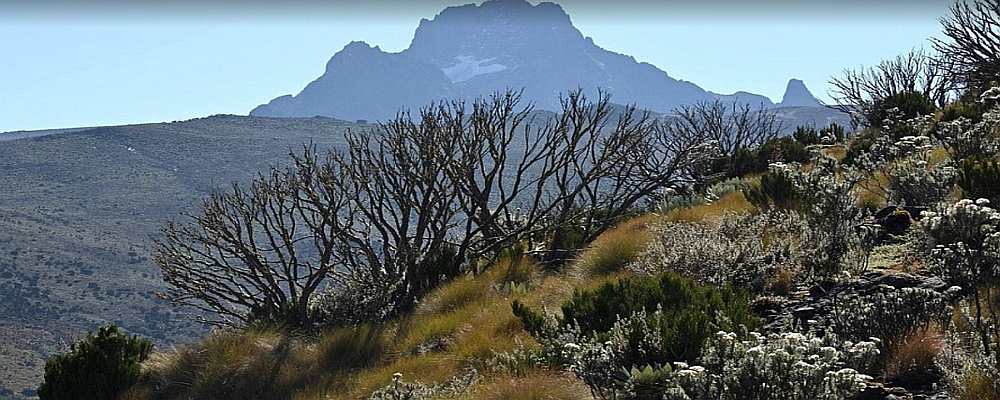
Different Routes to the Peak of Mount Kenya
There are several routes to Mount Kenya’s peaks, each offering unique experiences. Here’s a look at the most popular ones:
1. The Naro Moru Route
The Naro Moru Route is the shortest and most direct path to Point Lenana, the trekking peak. Known for its steep sections, this route is challenging but manageable for fit trekkers. Key highlights include:
- The Vertical Bog: A steep, muddy section that tests endurance.
- Mackinder’s Camp: A scenic base for the final ascent.
- Point Lenana: The highest trekking peak on Mount Kenya.
This route is ideal for those looking for a quick, direct ascent and is often recommended for first-time climbers.
2. The Sirimon Route
The Sirimon Route offers a gradual ascent and is known for its scenic beauty. Starting on the mountain’s northwestern side, this route passes through diverse ecosystems, including montane forests and heather zones. Key highlights include:
- Old Moses Camp: The first stop along the route.
- Shipton’s Camp: A popular base before the summit push.
- Point Lenana: Reached after a steady climb.
This route is suitable for those who prefer a slower ascent and want to experience the mountain’s varied landscapes.
3. The Chogoria Route
The Chogoria Route is considered the most scenic path, offering breathtaking views of gorges, lakes, and valleys. Starting from the east side, this route takes longer but rewards trekkers with stunning scenery. Key highlights include:
- Lake Michaelson: A pristine glacial lake set in a dramatic valley.
- Mintos Hut: A popular camping area before the summit.
- Point Lenana: Accessed from the eastern side.
This route is ideal for those with more time and a passion for photography and scenic landscapes.
4. The Burguret Route
Less traveled, the Burguret Route is a remote and challenging path that offers a true wilderness experience. This route begins on the western side and requires trekkers to navigate dense forests and rugged terrain. Due to its difficulty, this route is recommended for experienced climbers seeking a more solitary journey.
Combined Routes
For a well-rounded experience, many trekkers choose to ascend via Sirimon and descend via Chogoria. This combination offers a gradual ascent, reducing the risk of altitude sickness, and allows climbers to enjoy the scenic beauty of both routes.
Attractions and Activities at Mount Kenya
Mount Kenya isn’t just for climbers; it offers a variety of activities and attractions for all types of visitors.
1. Climbing and Trekking
The primary attraction at Mount Kenya is trekking to Point Lenana. For more advanced climbers, scaling the technical peaks, Batian and Nelion, is an exhilarating challenge. Most trekking routes take between 4-6 days round-trip, depending on the chosen path and pace.
2. Wildlife Viewing
Mount Kenya National Park is a wildlife-rich area. Visitors can spot elephants, buffalos, bushbucks, colobus monkeys, and occasionally even leopards. Birdwatchers will enjoy spotting various species, including the scarlet-tufted malachite sunbird and the Alpine chat.
3. Glacial Lakes
The mountain is dotted with beautiful glacial lakes, each adding to the scenic charm. Lake Ellis, Lake Michaelson, and Lake Alice are among the most popular. These lakes are perfect for photography and offer a peaceful spot for a break during the trek.
4. Unique Vegetation Zones
Mount Kenya’s unique altitude zones create distinct vegetation areas, from dense rainforests and bamboo belts to alpine moorlands and rocky peaks. The higher you climb, the more the landscape changes, offering rare and unusual plant species like the Giant Lobelia and Groundsel.
5. Cultural Significance
For the Kikuyu people, Mount Kenya is sacred and represents the home of their god, Ngai. Visitors can learn about the mountain’s spiritual significance and the local communities who live in harmony with this majestic landscape.
6. Camping and Picnicking
For those who prefer to relax, Mount Kenya offers several campsites and picnic areas. These spots allow visitors to enjoy the mountain’s serene atmosphere without undertaking the full climb. Popular sites include Mackinder’s Camp and Shipton’s Camp, both providing stunning views and a true wilderness experience.
Accommodations Near Mount Kenya
Mount Kenya offers a variety of accommodations, from luxury lodges to budget-friendly campsites. Here are some of the top options:
Luxury Accommodations
- Fairmont Mount Kenya Safari Club: A high-end resort with stunning views, beautiful gardens, and a range of amenities.
- Serena Mountain Lodge: Located within the forest, this lodge offers comfort and close-up wildlife encounters.
Mid-range Accommodations
- Naro Moru River Lodge: A comfortable option with easy access to the Naro Moru Route.
- Bantu Lodge: Located near the Chogoria Route, this lodge provides a rustic experience with essential amenities.
Budget Accommodations
- Camp Moses: A basic campsite on the Sirimon Route, offering budget-friendly options.
- Met Station Campsite: A simple site at the base of the Naro Moru Route.
Camping is also available along most trekking routes, with campsites like Old Moses and Shipton’s Camp providing excellent stopovers for climbers.
Frequently Asked Questions (FAQs)
What is the best time to visit Mount Kenya?
The best time for climbing Mount Kenya is during the dry seasons, which run from January to February and July to September. These months offer clearer skies and safer trekking conditions.
How fit do I need to be to climb Mount Kenya?
Climbing Mount Kenya requires moderate fitness. While trekking to Point Lenana is manageable for fit hikers, the technical peaks (Batian and Nelion) demand advanced climbing skills.
Is there a risk of altitude sickness?
Yes, altitude sickness can be a concern. To reduce the risk, choose a route with a gradual ascent, such as Sirimon, and allow time for acclimatization.
Are permits required to climb Mount Kenya?
Yes, climbers must obtain permits from the Kenya Wildlife Service (KWS) to enter Mount Kenya National Park. These permits help fund conservation efforts.
What should I pack for the climb?
Essential items include warm clothing, sturdy hiking boots, rain gear, sunscreen, a first-aid kit, and enough food and water. A guide and porter services are also recommended for carrying heavy equipment.
Can I climb Mount Kenya without a guide?
While it’s possible to trek independently to Point Lenana, hiring a guide is highly recommended for safety, especially for technical climbs to Batian or Nelion.
What wildlife can I expect to see?
You may encounter elephants, buffalos, various antelope species, and unique birdlife as you trek through the park.
Mount Kenya offers an unforgettable adventure with its dramatic peaks, diverse routes, and incredible biodiversity. Whether you’re aiming for the summit of Point Lenana, marveling at glacial lakes, or simply soaking in the mountain’s natural beauty, Mount Kenya is an experience like no other. This iconic destination provides a unique blend of adventure, wildlife, and cultural heritage, making it a must-visit for anyone exploring Kenya’s scenic landscapes.

